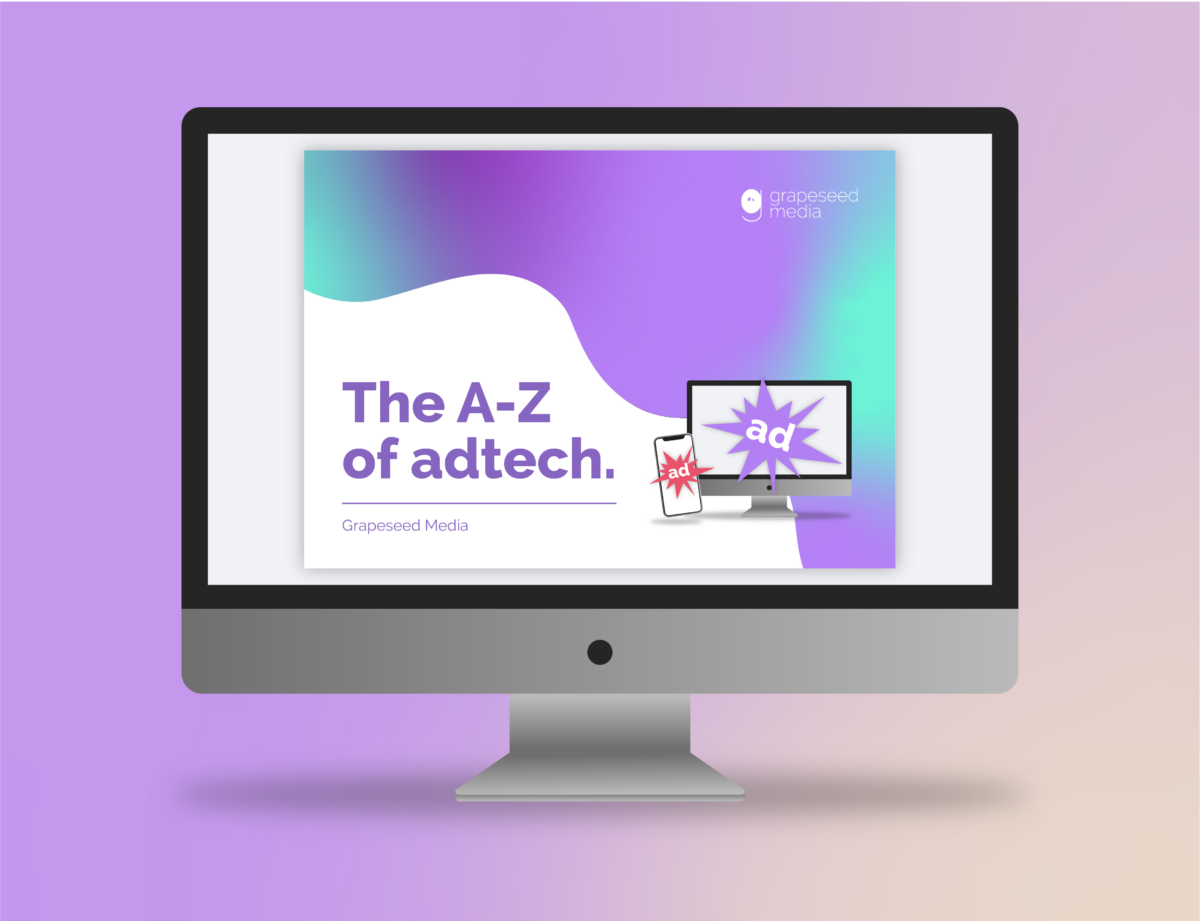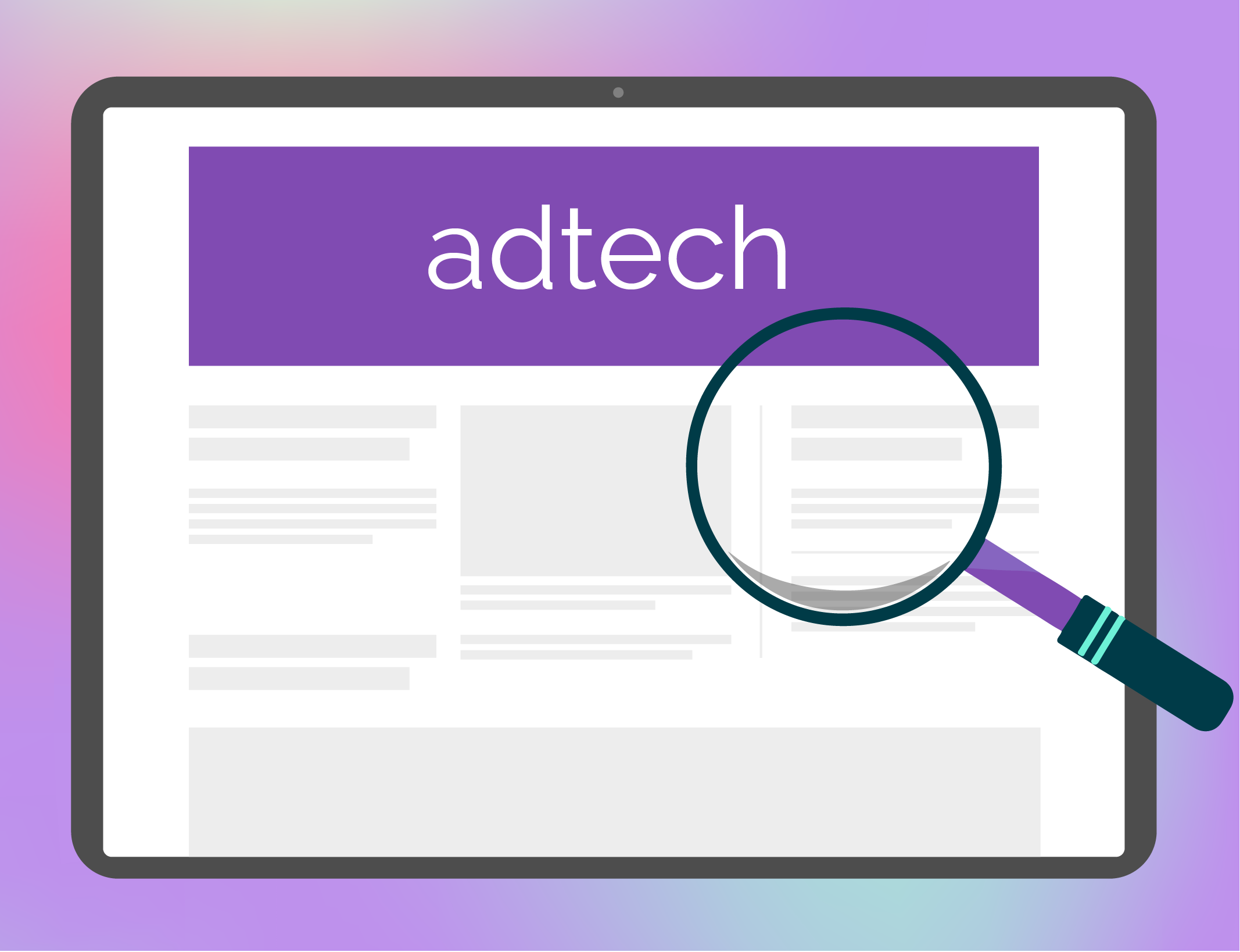Political advertising is not just about making a candidate known — it’s about crafting a narrative that resonates with voters, stimulates conversation, and builds lasting momentum.
Political advertising strategy — defined broadly as the dissemination of a candidate’s message through various mediums to garner support — is the backbone of this narrative.
The advantages of a robust digital advertising strategy for election campaigns are clear: it connects candidates with voters, ensures optimal allocation of campaign resources, elicits genuine feedback, and forges the path to electoral success.
Political advertisers are increasingly aware of the power of adtech to deliver precise and compelling messaging — but how can political marketers harness it for best results?
Today, we’ll walk you through four of the most impactful ways to leverage programmatic ad technology to sway voters in favor of those who wield them with expertise and integrity.
What Are The Most Effective Political Advertising Techniques?
1. Programmatic Ad Buying for Real-Time Reactions
In the fast-paced world of political discourse, timing can be as critical as the message itself. Programmatic advertising is a game-changer in this regard, offering political advertisers the agility to pivot with the rapidly-changing news cycle.
This automated technology leverages algorithms to purchase digital ad space in real-time, providing campaigns the ability to broadcast their reactions to events as they unfold.
For example, consider a candidate who is quick to address a hot-button issue immediately after a televised debate. Through programmatic ads, their campaign can instantly bid on ad space across various platforms and display their stance or rebuttal in a matter of minutes.
This technology can place relevant ads on news articles and videos that are trending at that very moment, capturing the attention of the electorate while the topic is still top-of-mind.
During the previous election cycles, we saw how adeptly this was used. After a major policy announcement, campaigns could capitalize on the surge of public interest by pushing out targeted ads that either supported or criticized the policy, depending on their stance. In these instances, programmatic ads did not just disseminate a message — they amplified it in chorus with the public’s immediate engagement.
By using data-driven strategies, political campaigns can make informed decisions about which are the right audiences to target in these crucial moments, maximizing the impact of their ad spend.
This real-time reaction isn’t just about speed; it’s about relevance, precision, and the power to sway public sentiment when it’s most susceptible to influence. Programmatic ads, in essence, have transformed political advertising into a live dialogue with voters.
2. The Precision of Microtargeting in Politics
Microtargeting harnesses data analytics to slice the voter landscape into finely-tuned segments, allowing political campaigns to customize messages for small groups or individual voters. By leveraging details from various data sources, advertisers craft nuanced messages that resonate at a personal level.

Research from MIT shows that microtargeting is effective in boosting voter turnout and persuading the undecided. For instance, eco-conscious voters could receive targeted content about a candidate’s green initiatives, making the message more relevant and impactful than a generic economic pitch.
Some of the advantages of microtargeting for political campaigns include:
- Targeted efficiency: This approach ensures messages hit home, bolstering engagement with the most receptive target audiences and enhancing the overall impact of the campaign’s communications.
- Resource optimization: Microtargeting means campaigns spend smarter, not necessarily more, by channeling funds toward voters who are most likely to be influenced by specific issues.
Two considerations to keep in mind when implementing microtargeting include privacy concerns and the cohesiveness of your message.
- Navigating privacy concerns: Advertisers must prioritize voter privacy, ensuring that personalization does not cross into intrusion and that all practices comply with legal standards.
- Maintaining message unity: Personalization should enhance, not detract from, the campaign’s central message. It’s vital that these tailored ads harmonize with the candidate’s broader vision.
Ultimately, microtargeting refines the focus of political advertising, transforming broad voter data into strategic insights, and enabling precision messaging that could tip the scales in tight electoral contests.
3. Geofencing: Capturing Attention at the Core
Geofencing is a digital fencing technology that allows political campaigns to send mobile ads to individuals within a specific geographic boundary, such as those attending political rallies or events.
Unlike traditional location-agnostic methods, geofencing facilitates the delivery of tailored messages to attendees within the confines of a rally, creating a personalized ad experience that resonates with the context of their current environment.
According to research, geofencing can significantly enhance the effectiveness of campaign efforts by engaging individuals based on the events they attend.

For instance, a campaign might target rally attendees with a follow-up ad that thanks them for their presence and provides additional information on the candidate’s policies, further solidifying their support and potentially converting them into active campaigners or donors.
Therefore, advertisers should craft content that not only reflects the theme of the rally but also encourages further action, such as signing up for newsletters, volunteering, or donating.
Additionally, ads delivered via geofencing can achieve higher engagement rates as they are relevant to the user’s location and the event they’re participating in, making them more actionable compared to generic flyers or banners.
As geofencing hinges on location data, it’s crucial to use it responsibly, ensuring transparency about data collection and adherence to privacy laws.
4. Sentiment Analysis: The Pulse of the Electorate
Sentiment analysis is the use of Natural Language Processing (NLP) and AI to interpret and quantify the emotional tone behind online discussions and digital content, providing insight into public opinion on a vast scale.
Much like companies use sentiment analysis to gauge reactions to products, political parties apply it to understand how potential voters feel about their candidates, policies, and campaign messaging. It turns the vast sea of online social interactions into actionable data, offering a real-time barometer of public mood and voter inclination.
By analyzing sentiment trends, campaigns can anticipate shifts in voter attitudes and outcomes, enabling them to adjust strategies proactively rather than reactively.
Sentiment analysis also enables parties to refine their communication, emphasizing policies that resonate positively and reworking those that receive a lukewarm response.
The application of NLP and AI in sentiment analysis allows for nuanced understanding and categorization of complex human emotions at scale, providing a sophisticated tool in the political advertiser’s arsenal.
The predictive power of sentiment analysis is invaluable, offering a glimpse into potential electoral results and the effectiveness of campaign tactics, informing decisions that could sway the balance in a tight race.
How To Get Started With Programmatic Political Advertising
To leverage the power of political advertising, it’s essential to invest in a well-designed political campaign strategy complemented by powerful, persuasive ads.
A successful political ad campaign is the result of meticulous planning, sharp messaging, and an in-depth understanding of the electoral pulse.
For those poised to transform interest into action and clicks into votes, mastering the art of political ad creation is a critical next step.
Increase your campaign’s impact and connect with the electorate more effectively by delving into our comprehensive guide on how to build a political ad, a resource that will elevate your political advertising efforts from groundwork to triumph.





